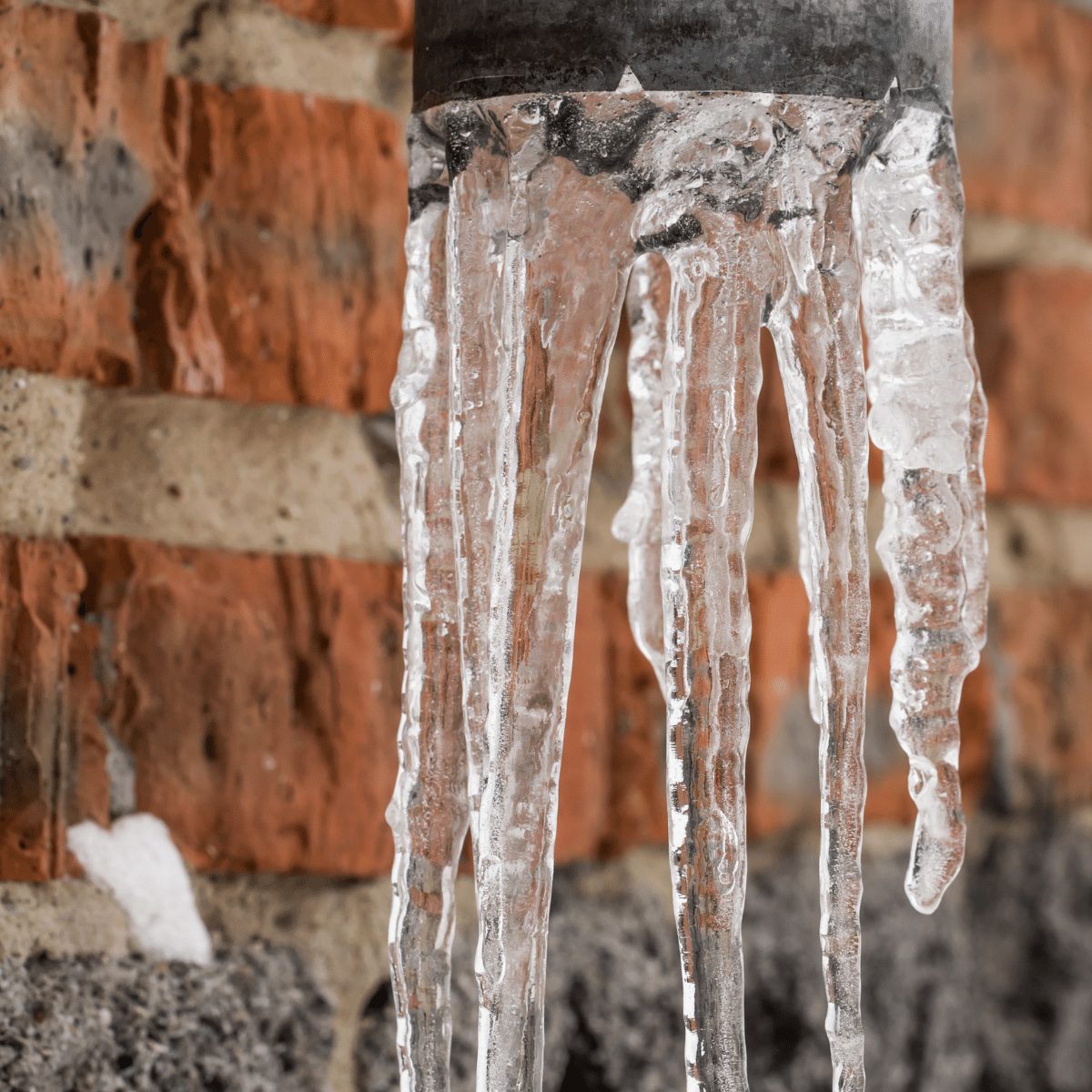Protecting Against Frozen Pipes in Cold Weather: Professional Advice
Protecting Against Frozen Pipes in Cold Weather: Professional Advice
Blog Article
What're your beliefs about 6 Ways to Prevent Frozen Pipes?

Winter can ruin your pipes, especially by freezing pipelines. Here's exactly how to prevent it from taking place and what to do if it does.
Intro
As temperatures decline, the risk of icy pipes increases, potentially causing pricey repairs and water damage. Recognizing exactly how to avoid frozen pipelines is vital for property owners in cold environments.
Understanding Frozen Pipelines
What causes pipes to freeze?
Pipes freeze when subjected to temperature levels listed below 32 ° F (0 ° C) for expanded durations. As water inside the pipelines ices up, it increases, taxing the pipeline walls and potentially causing them to rupture.
Dangers and damages
Icy pipelines can cause water system interruptions, building damages, and costly repairs. Ruptured pipes can flooding homes and trigger considerable structural damage.
Indicators of Frozen Water Lines
Recognizing icy pipelines early can stop them from bursting.
How to determine icy pipes
Search for reduced water flow from faucets, uncommon smells or sounds from pipes, and noticeable frost on exposed pipelines.
Prevention Tips
Protecting at risk pipelines
Wrap pipes in insulation sleeves or use warm tape to shield them from freezing temperature levels. Focus on pipes in unheated or external locations of the home.
Heating strategies
Keep interior spaces appropriately warmed, especially areas with plumbing. Open up closet doors to allow cozy air to flow around pipelines under sinks.
Securing Exterior Plumbing
Yard pipes and outside faucets
Separate and drain pipes yard hose pipes prior to winter season. Mount frost-proof spigots or cover outside faucets with protected caps.
What to Do If Your Pipelines Freeze
Immediate actions to take
If you presume frozen pipelines, maintain faucets open up to eliminate pressure as the ice melts. Use a hairdryer or towels taken in hot water to thaw pipes slowly.
Long-Term Solutions
Architectural modifications
Consider rerouting pipes far from outside walls or unheated areas. Add extra insulation to attic rooms, basements, and crawl spaces.
Upgrading insulation
Invest in top notch insulation for pipes, attic rooms, and walls. Proper insulation assists keep consistent temperatures and reduces the danger of frozen pipes.
Verdict
Avoiding icy pipelines needs positive procedures and quick actions. By recognizing the causes, indicators, and safety nets, homeowners can shield their plumbing during winter.
6 Proven Ways to Prevent Frozen Pipes and Protect Your Home
Disconnect and Drain Garden Hoses
Before winter arrives, start by disconnecting your garden hoses and draining any remaining water. Close the shut-off valves that supply outdoor hose bibs and leave the outdoor faucet open to allow any residual water to drain. For extra protection, consider using faucet covers throughout the colder months. It’s also important to drain water from any sprinkler supply lines following the manufacturer’s directions.
Insulate Exposed Pipes
Insulating your pipes is an effective way to prevent freezing. Pipe insulation is readily available at home improvement stores and is relatively inexpensive. Pay close attention to pipes in unheated areas such as the attic, basement, crawl spaces, or garage. Apply foam insulation generously to create a buffer against the cold. You can also wrap your pipes in heat tape or thermostat-controlled heat cables for added warmth.
Seal Air Leaks
Inspect your home for any cracks or openings that could let in cold air. Seal any holes around the piping in interior or exterior walls, as well as the sill plates where your home rests on its foundation. Additionally, make sure to keep your garage door closed unless you’re entering or exiting. Leaving it open creates a significant air leak that can lead to frozen pipes.
Allow Warm Air Circulation
During cold snaps, it’s essential to allow warm air to circulate evenly throughout your home. Leave interior doors ajar to promote better airflow. Open kitchen and bathroom cabinets to help distribute heat consistently around the rooms. If you have small children or pets, be sure to remove any household chemicals or potentially harmful cleaners from open cabinets for safety.
Let Faucets Drip
A small trickle of water can make a big difference in preventing ice formation inside your pipes. When temperatures drop significantly, start a drip of water from all faucets served by exposed pipes. This continuous flow helps prevent the water from freezing. Additionally, running a few faucets slightly can relieve pressure inside the pipes, reducing the chances of a rupture if the water inside does freeze.
https://choateshvac.com/6-proven-ways-to-prevent-frozen-pipes-and-protect-your-home/

We had been shown that write-up on 6 Ways to Prevent Frozen Pipes through a good friend on our other web blog. Enjoyed our entry? Please share it. Help somebody else locate it. Kudos for your time. Come back soon.
Visit Homepage Report this page